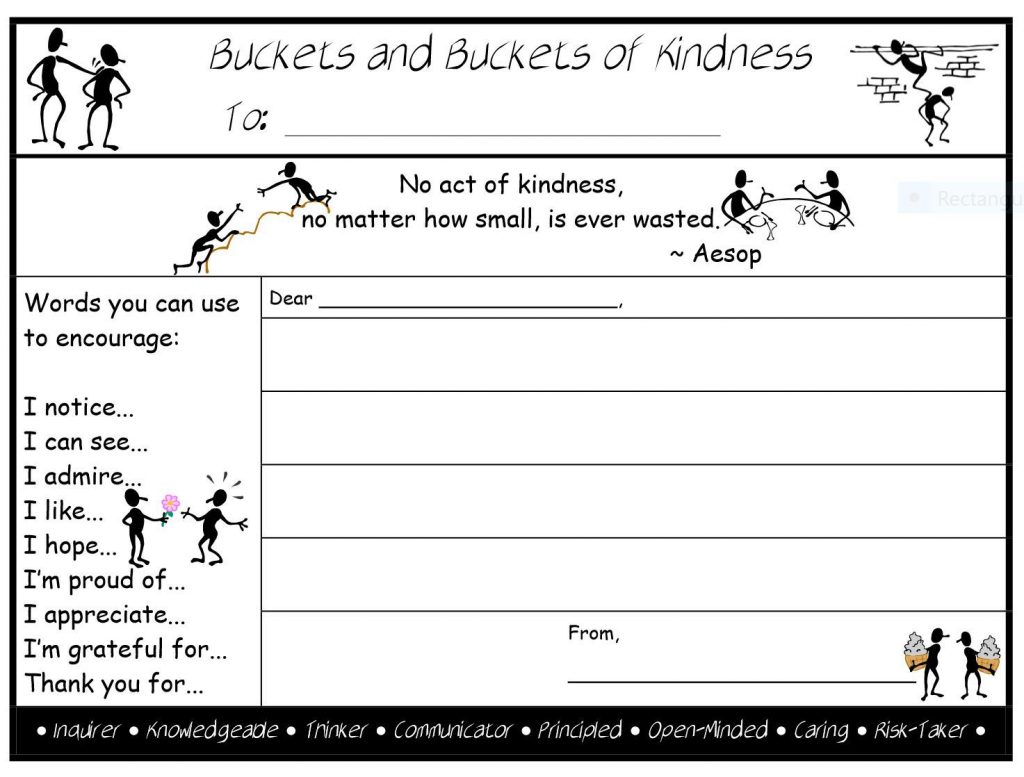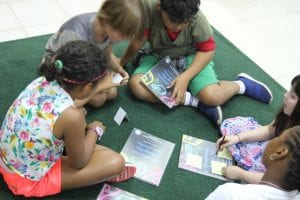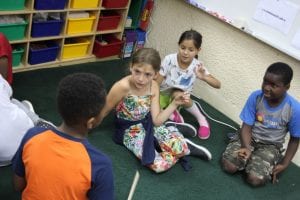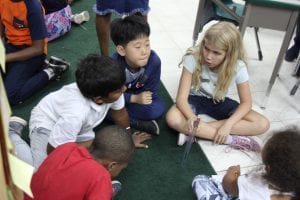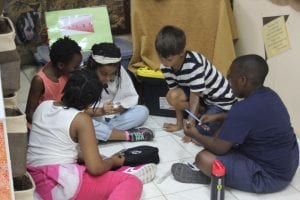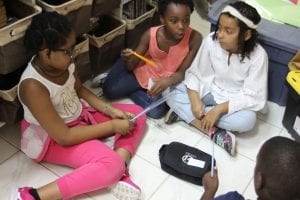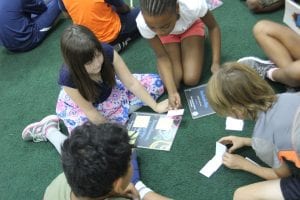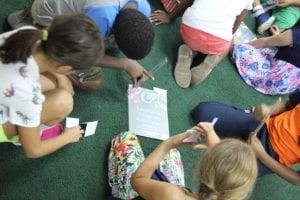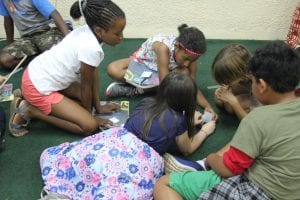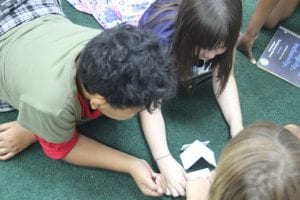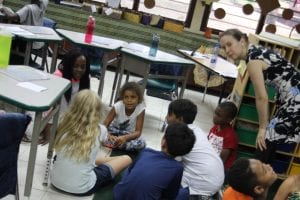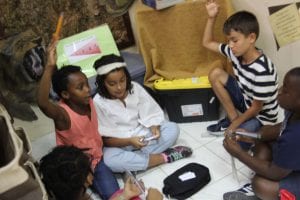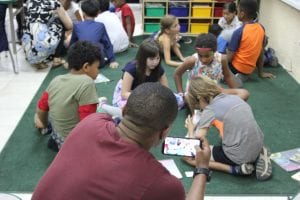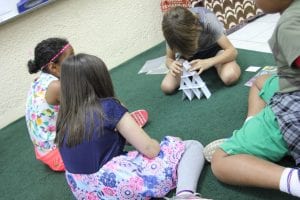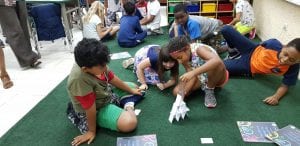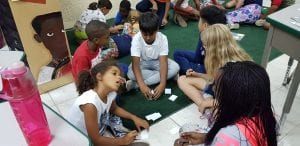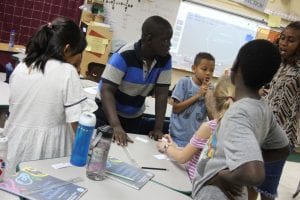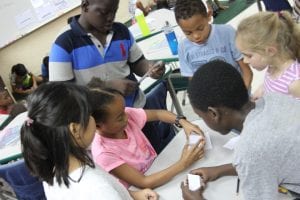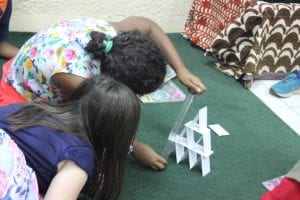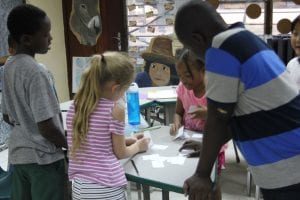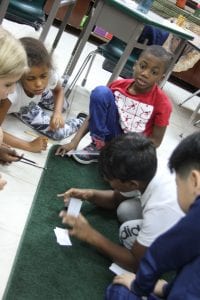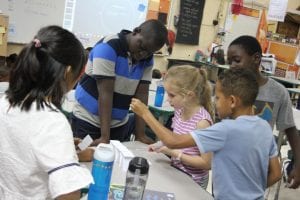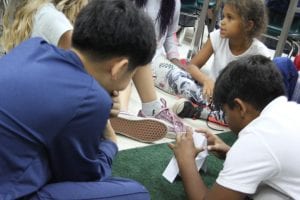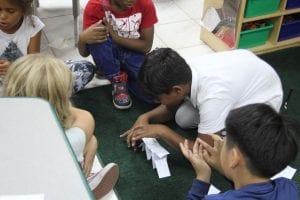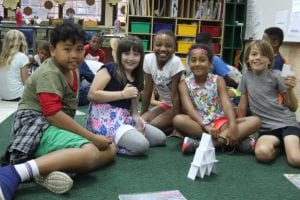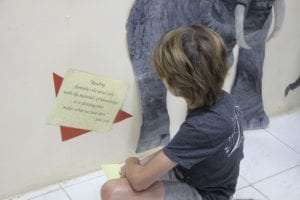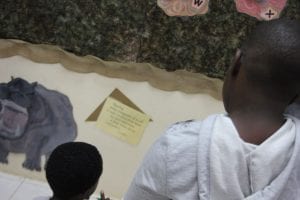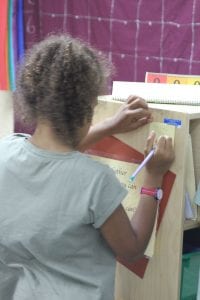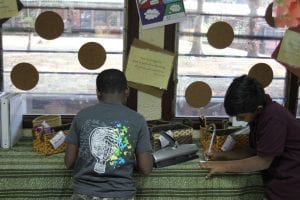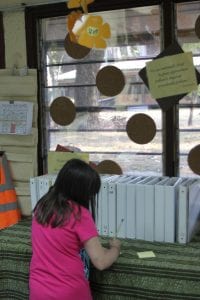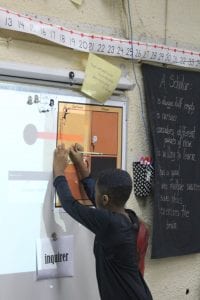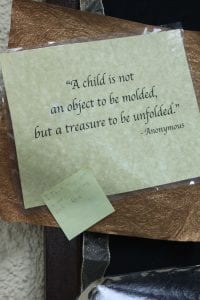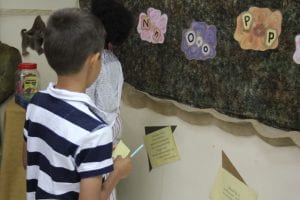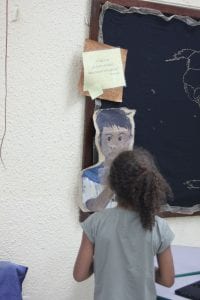What is the problem with this set of digits? (Note: This is not the same number we used in class.)
528439846271
This was the question posed to our inquisitive inquirers today.
After some discussion, it was determined that this set of digits:
- was difficult to read.
- has lots of numbers.
- has no places.
- has some repeated digits.
- included no operations (+, -, x, ÷).
528439,846271
When a single comma was added, the following observations were made and questions posed:
- There are not enough commas.
- Is it greater than or less than a million?
Our brains were exercised further when the number was changed to look like…
528439,846.271
At this point, we were able to determine that the number is:
528,439,846.271
We discussed the purpose of place and the meaning of value. And, returning to our observation about repeated digits, we compared how they are different.
Quick Quiz: In this number, how are the repeated twos, fours, and eights different? Jot your thinking in the padlet below.
**Be sure to include your initials in the title.**
As scholars, we know it is important to use multiple sources, so this lead to a discussion about tools we can use in our classroom to better understand and work with numbers. Two tools are included below.
Place Value Chart
Place Value Chart (Currency Connection)
Willing to learn, scholars puzzled about place value problems with their peers using Marcy Cook’s Math Tile Task Cards.
Give the example below a try.
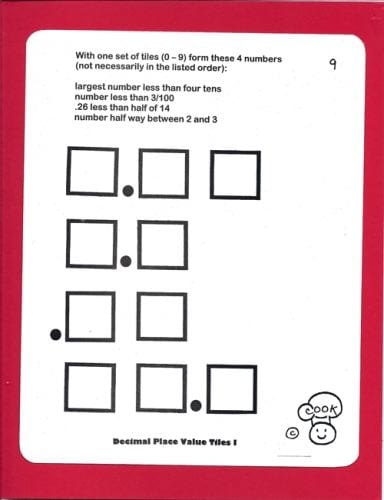
Showing diligence and determination, each math-magician read the clues, wrestled with the numbers, reflected on choices, and made revisions as new realizations were made. Rewarding!
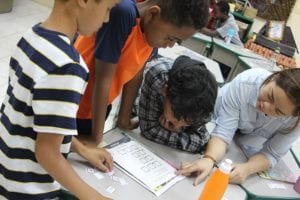
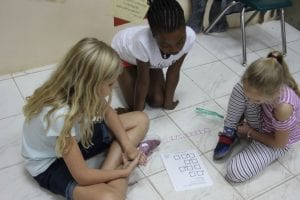
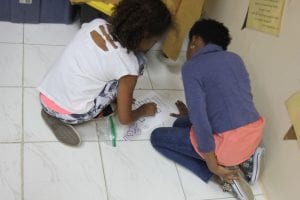

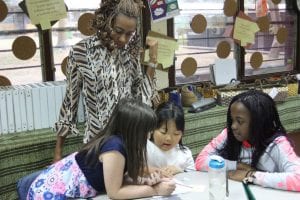
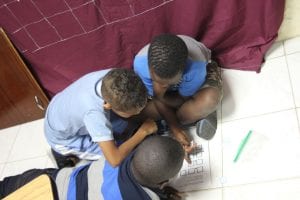
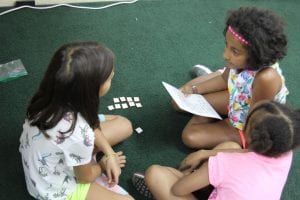
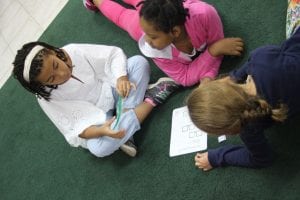
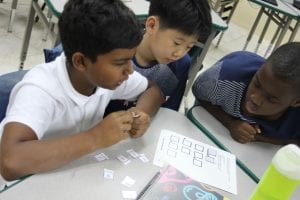
(Phrase of the day (well, one of them): Growth Mindset)
Multiple Source: Marcy Cook Math
Tiling tasks used in class have been acquired from Marcy Cook Math. iPad apps are available through the Apple Store, if interested.
